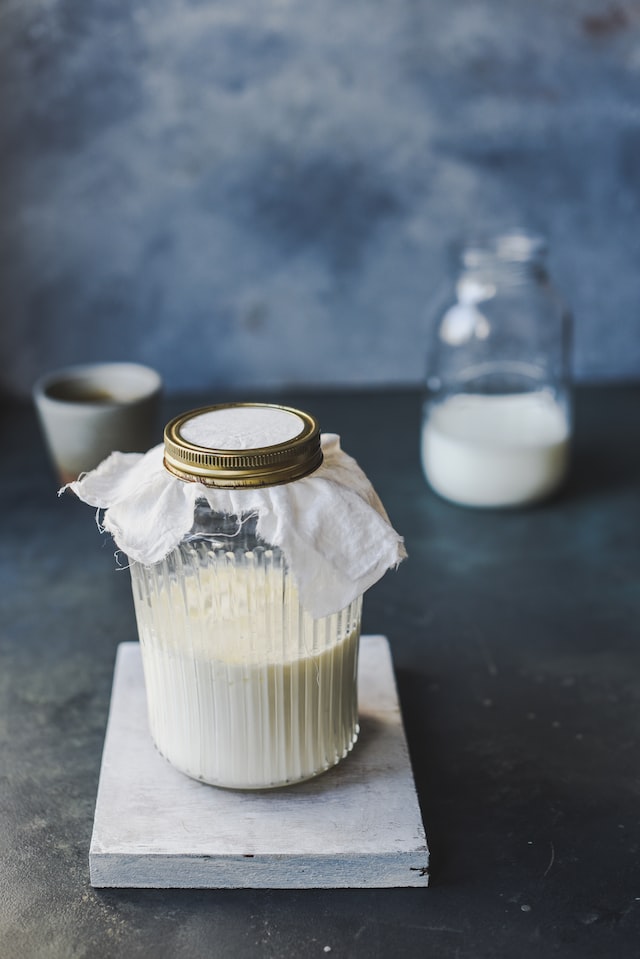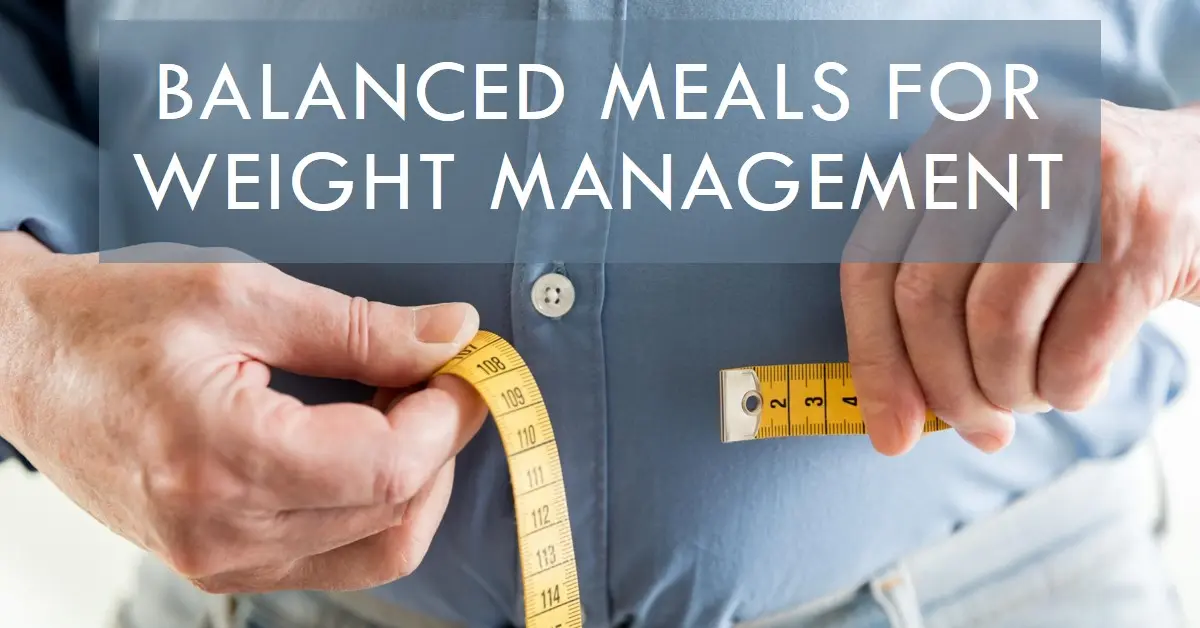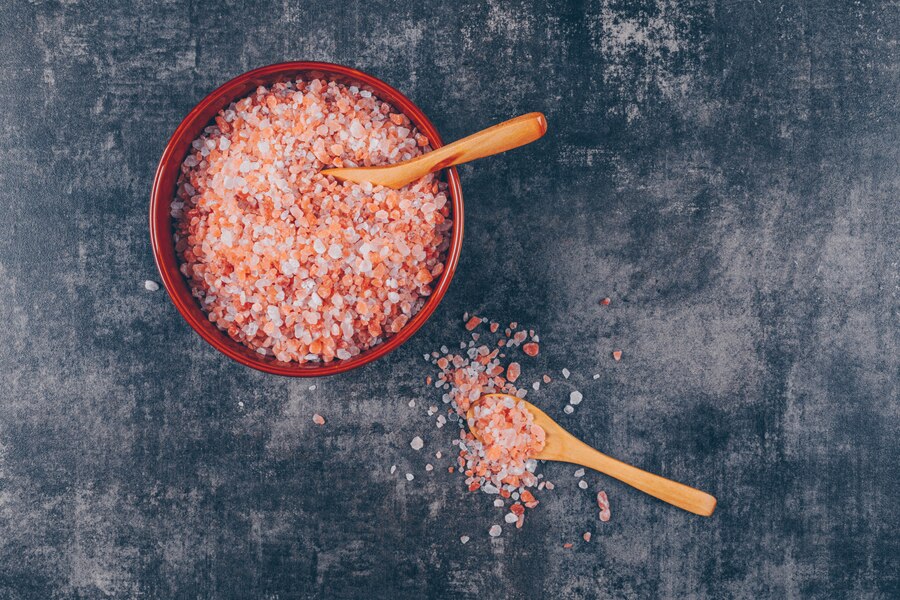The foods you eat affect more than your digestive tract — they impact every bodily system and choosing the proper nutrition is a crucial part of everyday health. Your pelvis is where multiple physical systems intersect, making this region especially sensitive to dietary changes. For example, your intestines produce 90% of your serotonin, even though your brain predominantly uses it.
Therefore, you benefit from changing your lifestyle to nurture this region. Here’s what to eat for improved pelvic health and why it matters.
What Is Pelvic Health?
Before improving your pelvic health, you must understand what it is. This region sees the intersection of your digestive, reproductive and excretory systems. As researchers learn more about the gut-brain connection, they have discovered it also involves your immunity and mental health.
These systems interrelate and impact one another. For example, many women develop stress urinary incontinence after giving birth. Knowing your medical history empowers you to make better choices — women who have seen their mothers struggle with the same may opt for a cesarean section to reduce their risks.
Your musculoskeletal system also plays a role in pelvic health. Did you know many people tend to store tension in this area, compounded by modern sedentary lifestyles? When your hips get tight, it can cause pain to radiate to your lower back and knees and contribute to chronic issues like arthritis.
How Can I Improve My Pelvic Health?
Since this region affects so many intersecting bodily systems, improving your pelvic health requires a holistic approach. That entails analyzing all aspects of your lifestyle that can adversely impact your health and taking proactive steps to turn them around. Here’s what to consider:
- Your activity level: Sitting may not be the new smoking, but it does carry considerable health risks, including upping your chances of obesity. Carrying excess pounds strains your complex hip joint’s muscles, ligaments and tendons. Furthermore, maintaining muscle strength and flexibility helps you handle daily tasks with ease — not pain and strain.
- Your diet: Some foods benefit your overall health in various ways. Others detract from your well-being by causing adverse effects.
- Your lifestyle: Too much of anything — hard work, exercise, even nutritious food — creates imbalances that affect your health. You want to go for the “Baby Bear’s chair” effect. You should have enough positive pressure to keep you going without stressing you out, sufficient social connections and a sense of purpose and meaning in your community and life.
If that sounds like a lot to tackle at once, please take heart. Making even one change can create a ripple effect that helps you improve other areas. Perhaps starting an exercise program might inspire you to eat better to up your gym performance. You can also use habit stacking — changing one factor influencing your health at a time and then building upon that success until you feel satisfied.
What Food Is Good for Your Pelvis?
Because so many complex systems interconnect in your pelvic area, there’s no one specific food that’s best for your pelvis. However, you should know the basics about certain groups that can support the individual components to let them perform their roles more effectively.
Fortunately, many foods that are good for one system also benefit others. For instance, although fiber may directly impact digestion and excretion, it also affects reproductive health by helping your body manufacture the right amounts of certain hormones. Here’s a quick overview of what foods are good for your pelvis.
1. To Support Reproductive Health
Your reproductive health depends on your body manufacturing the correct amounts of certain hormones — at specific points in your cycle if anatomically female. In general, a balanced diet will support this aim.
However, certain foods contain phytoestrogens, which some researchers believe can influence your chemistry. Some women with abnormal menstrual bleeding achieved relief in one study after eliminating soy products — a common phytoestrogen source. Increasing estrogen in the body reduces the testosterone associated with PCOS. Ironically, men with excess testosterone can suffer low sperm counts, but increasing soy consumption may help.
2. To Support Healthy Digestion
The best foods for digestive health include pre and probiotics. Prebiotics refer to insoluble fiber that feeds the beneficial bacterial colonies in your gut — your microbiome — that help you digest. Probiotics are the bacteria themselves. You can’t force your body to make more of the good kind, but you can recover what’s lost.
Foods that increase your fiber intake include fresh fruits, vegetables and whole grains. For example, apples contain pectin — a fiber your gut bacteria love. Foods that contain probiotics include the following:
- Yogurt
- Kombucha
- Kefir
- Fermented foods
- Sauerkraut
- Miso
These foods also support healthy elimination. Look at any store shelf and you’ll see rows of fiber supplements intended to relieve occasional constipation.
Ginger is a spice with a long history of helping tummy trouble. It contains an enzyme called zingibain to help break down protein, so consider adding it to meat-intensive meals or sucking a piece of ginger candy after a steak dinner.
3. To Support Healthy Bones and Connective Tissues
You might have already guessed that dairy foods are great for healthy bones — however, they’re not the only source of calcium and vitamin D. Beans, peas and other lentils and vegetables like broccoli and kale also supply necessary calcium.
Vitamin D and calcium aren’t your only bone and connective tissue need. You also require phosphorus, magnesium and potassium to keep your D-levels in balance and neutralize calcium-leaching acids before they can weaken your skeleton. Nuts and seeds are rich sources of these substances.
Improve Your Pelvic Health Through Your Diet
Your pelvic region encompasses multiple intersecting bodily systems, so it pays to keep this area balanced and improve your pelvic health. Understanding what food is good for your pelvis and what lifestyle factors to examine can help you achieve holistic hip wellness. Include more of the recommended good stuff in your diet and improve your well-being in multiple ways.





